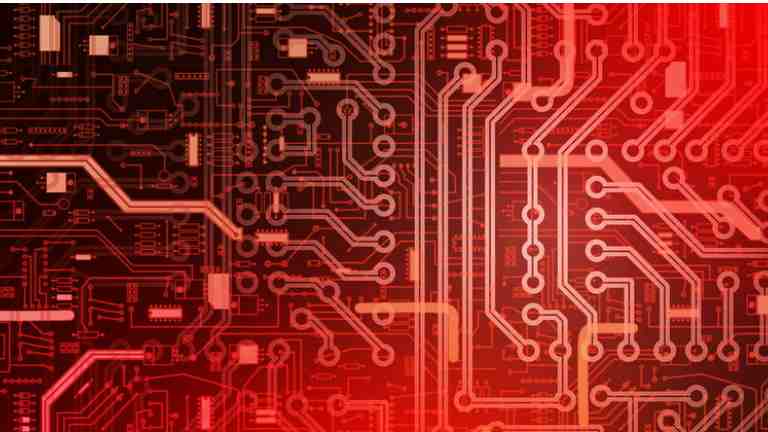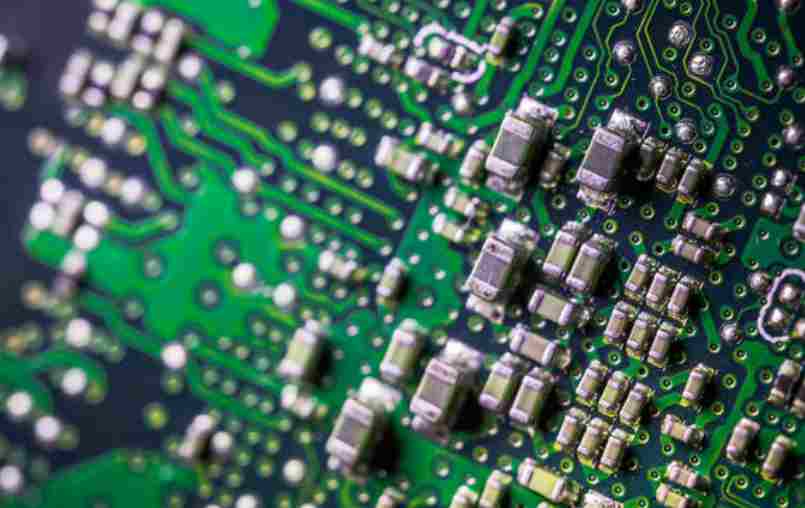
In the circuit board industry, the term refers to an object or part, Adhesive fixed and adhesive, that is drawn with opposing forces along the direction of the adhesive surface to produce slippage and separation. The maximum strength associated with reverse pulling off along a surface is called shear strength. This term is also called Lap Strength or Torsional Strength.
2. Shelf Life
Shelf Life refers to the maximum shelf life that an article or part can be stored without affecting its quality and function before being used. That is to say, in a specific storage environment, the quality of the goods must be able to continue to meet the requirements of the specification, and ensure that in the way of use, not because of storage time is too long and failure situation, this can maintain the longest period of storage is called Shelf Life
3. Shore Hardness
It is a kind of hardness value used to measure plastic substances. It is a kind of pointed probe to the surface of plastic materials, and the hardness value can be measured from the surface of the instrument. There are two scales commonly used, Shore A for the softer and Shore D for the harder.
4, Silica Gel sand
It is a kind of Amorphous (Amorphous or amorphous) silica like fine crushed stone, with hygroscopic effect and moisture-proof effect on the storage. The sand dry is blue, after the absorption of water is light yellow or colorless; Can be placed in the oven after water drive back to blue to continue to use, very convenient. But after repeated regeneration, its surface suction area will be blocked by impurities in the water and gradually lose efficacy.
5. Silicone
Is a kind of organic "siloxane" compound, can be polymerized into polymer resin, the appearance of a variety of forms, such as solid fluid, powder, solution or elastomer. It can be used as a carrier function to manufacture a variety of products, such as continuing agent, protective skin film, coolant, dielectric fluid, waterproof agent, heat transfer agent, sealant, etc. Notice that it has just one more e at the end of the word than silicon, but they're very different things.
6. Sintering of powders
It is a kind of modeling technology of powder gold treatment. It is made of several kinds of metal powder and their auxiliaries, which are prepared into powder and extruded into mold under high temperature (close to melting point) and high pressure conditions. The strength of the molding material is good, and it is a low cost metal embryo molding method. The formula of 94% tungsten carbide powder + 6% cobalt powder (weight ratio) is used for the drilling needle of the circuit board. The rod is sintered at 1600℃ and 3000 atmosphere pressure, and then processed by diamond cutting tools and special mother machines.
7, Sleeve Jint
The outer part of the contact is equipped with "reinforcing sleeve", which is called sleeve. Some high-frequency transmission wires are coated with wire woven tubular sheeting, also known as Sleeving, to protect against noise.
Slurry: Slurry and suspension
Of a thick solution with suspended particles in the water.
9. Socket
It refers to the negative part of the various movable "plug-and-plug" connectors on the circuit board. In order to reduce the "contact resistance", the various insertion points are plated with gold. But the socket and the circuit board is connected to one end, then adopt the jack welding or mechanical locking way to be fixed.
10, Soft Glass (lead glass)
Glass with high lead content and low softening point. The electronics industry is often used as a sealant in ceramic IC, such as the low temperature sealant with the cover (melting point below 450℃) is this kind of glass. This kind of material will also react on a variety of metals, so it is also called Solder Glasses.
11, Solder Wicking
It refers to some braided metal wire, or wire twisted into a bundle. When dipping into the molten Solder, there will be solder infiltration along its capillary gap, called Solder Wicking.
12, Solidus Line
It refers to various proportions of tin-lead alloy. When it is heated or cooled, its shape will undergo phase changes. When it is heated, it will first soften from Solid to Pasty. It is then melted to form a Liquid. The so-called "solid line" refers to the ADBFC connection in the figure, that is, the upper temperature connection at which the various proportions of the alloy can remain completely solid, beyond which the alloy is about to change into a slurry or liquid state. The ABC Line on the left is the Liquidus Line of the alloy, where the tin-lead alloy will melt into liquid state when the temperature is above the line.

13. Spark Over flashover
When the two conductor electrodes on the surface are in a state of high voltage, it may cause ionization of the nearby air, so that there is a Spark discharge, which is called Spark Over.
14, Specific Heat
The ratio of Thermal Capacity of a substance to thermal capacity at 15℃ is called specific heat.
15, Spectrophotometry detection
The metal salt solution will have the maximum absorbance at a certain wavelength. Based on this principle, a specific photocell sensor can be used to monitor the concentration of each metal solution. Before this, it is necessary to complete the preparation of the standard measuring line for the solution sample with known concentration, and then to detect the unknown liquid concentration under the cooperation of the spectrometer and measuring line. The instrument used for this quantitative analysis is called the Spectrophotometer, and its detection method is called the Spectrophotometry.
16, Stalagometer dropper surface tension meter
A certain amount of liquid is inhaled through a sophisticated glass straw, then allowed to drip freely, and the number of drops is counted. The greater the surface tension of the liquid, the larger the droplet shape formed at the end of the tube, so that the total number of drops will be less. Conversely, the smaller the surface tension, the smaller the droplet shape. The total number of drops will naturally increase, which can be calculated as follows: Surface tension of liquid to be measured = (surface tension of pure water (73 dyne/cm)× number of drops of pure water × specific gravity of liquid to be measured)/ number of drops of liquid to be measured
17, Standoff Terminals
Refers to all kinds of upright terminals inserted on the circuit board surface, which can be used as the base of winding.
18, Stop off the inhibitor, anti-coating
In the object to carry out selective local surface treatment, its appearance must be attached to the anti-shape pattern of the "inhibitor", that is, Stop Off. The more formal word is Resist.
19. Stress Corrosion
The most stressed part of a metal body is most likely to cause rust, such as the bending of a steel bar is an obvious example. There is a risk of sudden rupture if internal corrosion occurs at the site of stress.
20, Tarnish
Refers to the shiny surface of some newly processed metals. After being placed in the air for a period of time, due to the attachment of oxidation, vulcanization or foreign debris, the oration of metal luster and Discoloration is called Tarnish. The word is most commonly used in the "fouling" of silver plating surface. In order to ensure the beauty and practical function of silver plating surface, its Anti-Tarnish technology has become an important topic of silver plating.
21, Tetra-Etch fluorine resin coarse etching agent
It is a special etching agent for fluorine resin PTFE(polytetrafluoroethylene) micro coarse-etching, a trade name of the American merchant W. L. Gore. This agent contains Sodium-Naphthalene organic sodium salt, the original solution must be used on site without water, chemical is very strong. But a new generation of commodities is no longer as dangerous as metallic sodium, which burns in water. The agent can bite off the fluorine atom in PTFE resin and expose the carbon atom, and then the hydrophilic copper plating layer after PTH can also be firmly grown on the bare pore wall.









